| Back in 1984, the bigwigs over at Ford Motor Company green-lighted a project under its Special Vehicle Operations division (SVO) to produce a new version of its best seller, the Mustang. When the Ford Mustang SVO debuted later that year, the car had 175 hp and 210 lb/ft of torque, but instead of going the conventional route with a V8, the SVO utilized just 2.3 liters and (in line with the Europeans) a turbocharger. For a year and a half, the SVO was Ford's top performance car.
As SVO had extensive experience with turbocharged and intercooled variants of Ford's 2.3-liter four cylinder engine, this was chosen over the existing 5.0-liter V-8 used in the Mustang GT. The group's rationale for this was simple: Even in de-tuned production form, the turbocharged and intercooled 2.3-liter four could produce horsepower comparable to the larger V-8 while tipping the scales at some 150 pounds less. Less weight beneath the hood also translated to better weight distribution, long considered of critical importance in sports car design. Mated to a reworked Borg-Warner T5 transmission, the lightweight-but-powerful engine promised to deliver a solid foundation for a sporting Mustang. It also had the distinction of being Ford's first engine with multi-port fuel injection, as well as the first intercooled engine fitted to a U.S. production car.
Funding an independent rear suspension was beyond the group's means, so a great deal of effort was expended on improving the handling of the live axle pony car. The resulting quad-shock design featured a pair of Koni shocks in a conventional (that is, near-vertical) orientation, with a second pair linking the top of the rear axle to the car's subframe, virtually eliminating wheel hop under heavy acceleration. Handling was further enhanced with the addition of a rear anti-roll bar measuring 0.67 inches in diameter. Four wheels disc brakes were added from the Lincoln division.
The Mustang SVO hit the market priced at $16,713, some $6,018 more than a base Mustang GT with the 5.0-liter V-8. Performance of the SVO was spirited, with the car capable of running from 0-60 MPH in 7.5 seconds, completing the quarter-mile in 15.5 seconds at 90 MPH. Critics were quick to point out that the V-8-equipped Mustang GT could run from 0-60 MPH in 6.4 seconds, completing the quarter-mile in 14.9 seconds, but that missed the point of the car entirely. Unfortunately, few buyers seemed to understand that the Mustang SVO was designed more for road courses (and canyon roads) than drag strips, and dealers sold just 4,508 examples. |
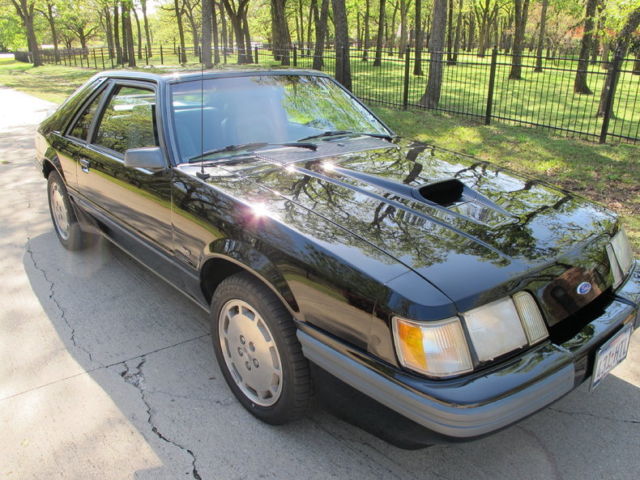
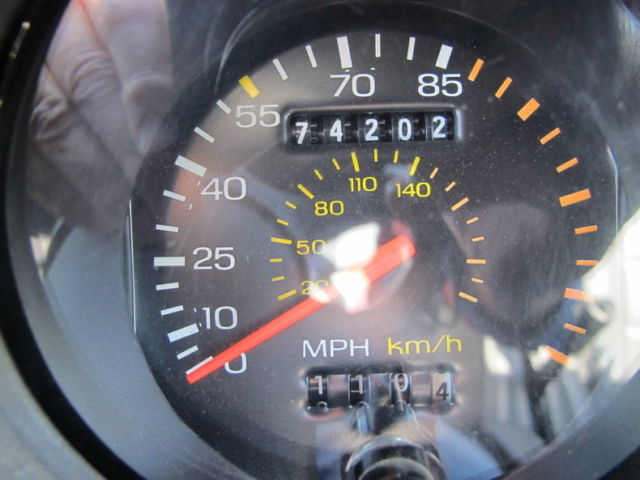
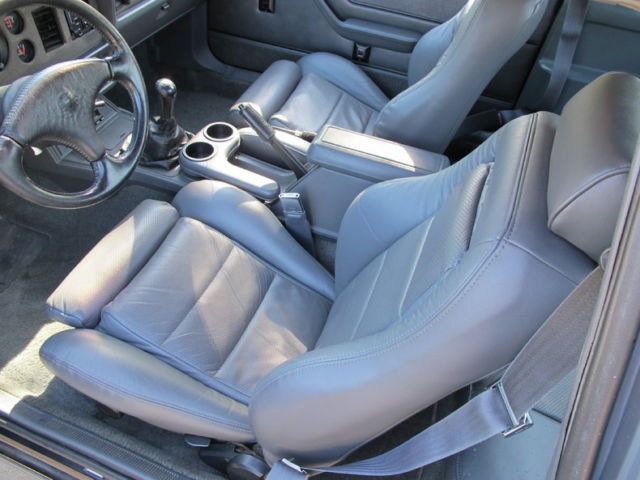
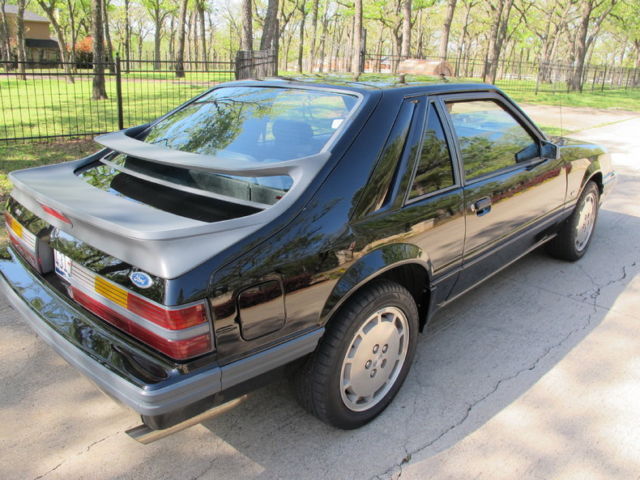
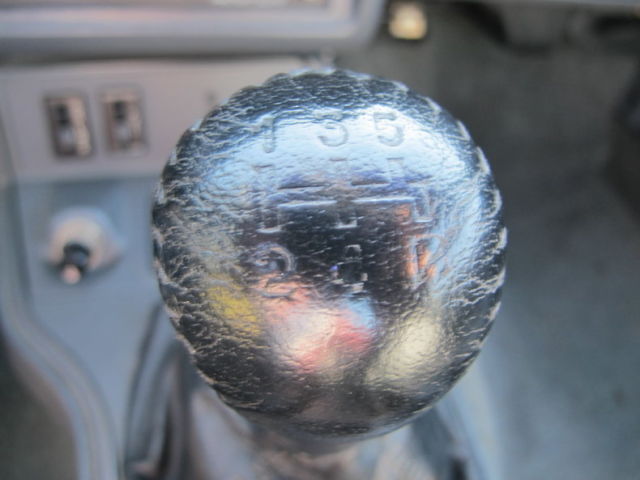
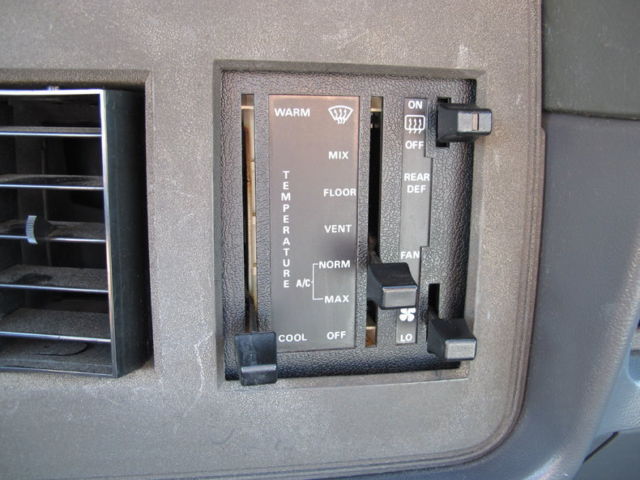

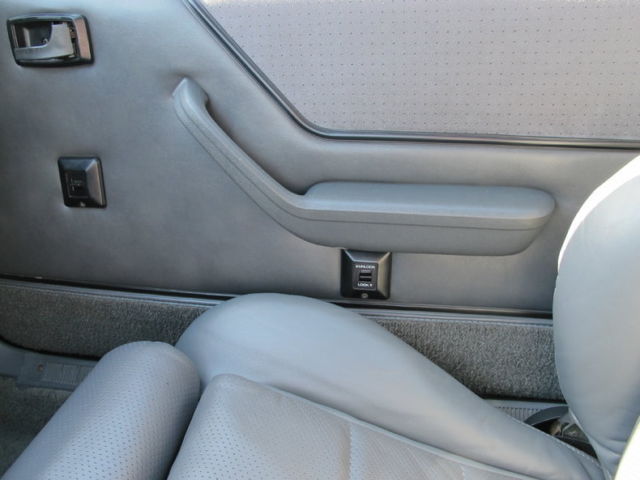

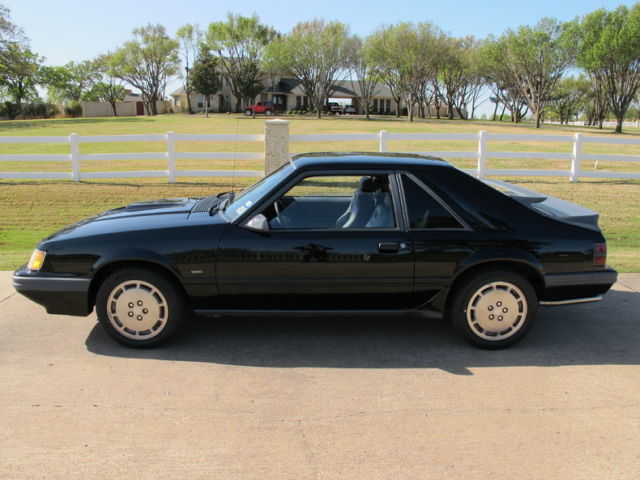
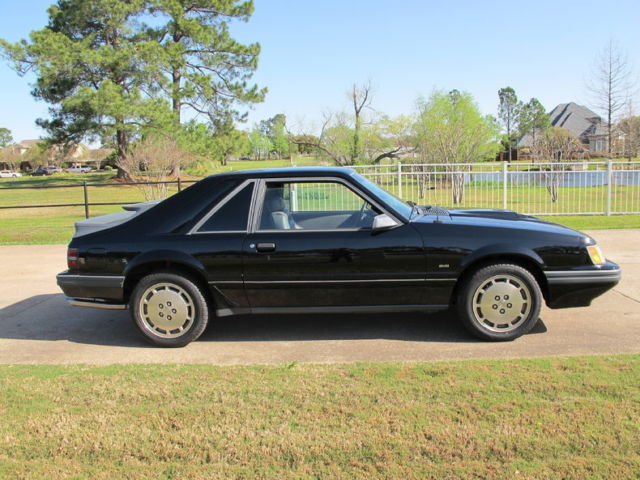
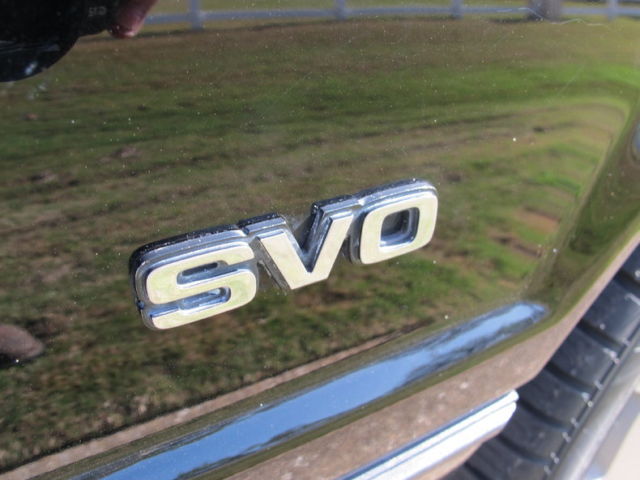
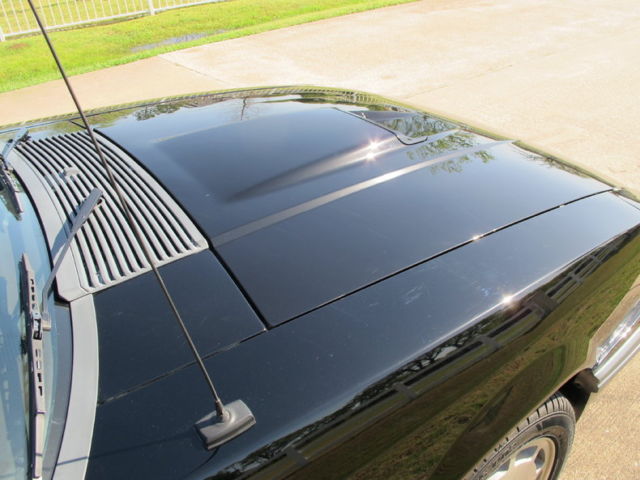
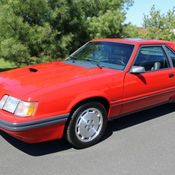 1986 Ford Mustang SVO - 5 Speed - Leather Interior - Low Reserve
1986 Ford Mustang SVO - 5 Speed - Leather Interior - Low Reserve
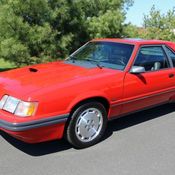 1986 Ford Mustang SVO - 5 Speed - Leather Interior - No Reserve
1986 Ford Mustang SVO - 5 Speed - Leather Interior - No Reserve
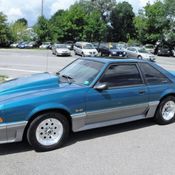 1993 Ford Mustang 5.0 GT 57K 5-Speed Supercharged Leather Sunroof CLEAN CARFAX!
1993 Ford Mustang 5.0 GT 57K 5-Speed Supercharged Leather Sunroof CLEAN CARFAX!
 1988 Ford Thunderbird Turbo Coupe Auto New Motor Leather Interior Project
1988 Ford Thunderbird Turbo Coupe Auto New Motor Leather Interior Project
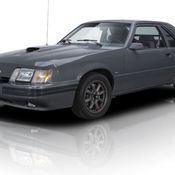 1986 Ford Mustang SVO 11027 Miles Dark Gray Hatchback 2.3L EFI Turbo I4 5 Speed
1986 Ford Mustang SVO 11027 Miles Dark Gray Hatchback 2.3L EFI Turbo I4 5 Speed
 1988 Ford Thunderbird 2.3 Turbo Coupe A/T Clean Car New Paint & Tires Low Miles
1988 Ford Thunderbird 2.3 Turbo Coupe A/T Clean Car New Paint & Tires Low Miles
 1968 Ford Mustang New Motor, Paint, Interior, Tires, Wheels, Brakes.
1968 Ford Mustang New Motor, Paint, Interior, Tires, Wheels, Brakes.